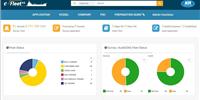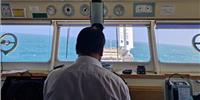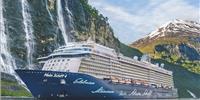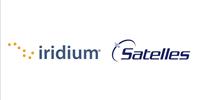Spain’s Coastal Authority Takes New Approach to SAR Training
Thursday, June 15, 2017
|
Thursday, June 15, 2017
|

KR has released two digital platforms, KR-DAON (Digital Application Online Network) and Nexawave, alongside the launch of its enhanced fleet management system, KR e-Fleet V3.The KR e-Fleet V3, an upgraded version of the existing fleet management system

SONARAY, manufacturer of lighting products used in marine applications, has introduced its new line of LED flood lighting marketed as the Velocity series.The Velocity Flood Light Series joins the company's high-powered flood light offering and brings contemporary looks along with a choice of

Finland-headquartered maritime tech company Groke Technologies (Groke) is working with BAR Technolgoes (BARTech) design and develop of situational awareness systems for the U.K. marine engineering consultancy’s WindWings wind propulsion technology.

Marlink reports it is providing new capabilities to long-term customer TUI Cruises on its Mein Schiff fleet, augmenting its managed hybrid network solution with Starlink LEO connectivity.Marlink will install its Sealink NextGen network solution – combining low-latency LEO connectivity with global

Iridium Communications has entered into an agreement to acquire Satelles, Inc., a leader in secure satellite-based time and location services that complement and protect GPS and other GNSS-reliant systems.

Applied Satellite Technology Ltd (AST) has officially been awarded the Intellian OneWeb Certification, authorizing the company to carry out installations of Intellian parabolic antennas.The certification, issued by Intellian, a provider of satellite communication and antenna systems